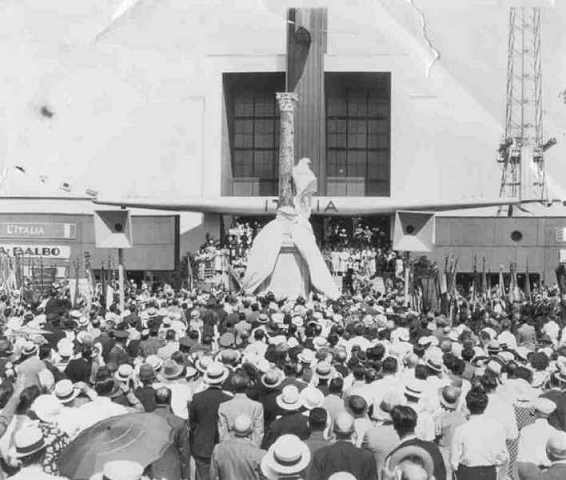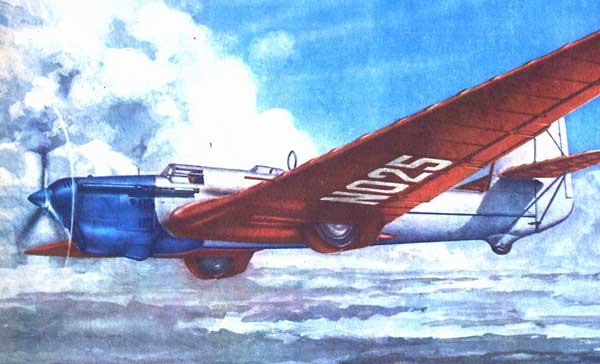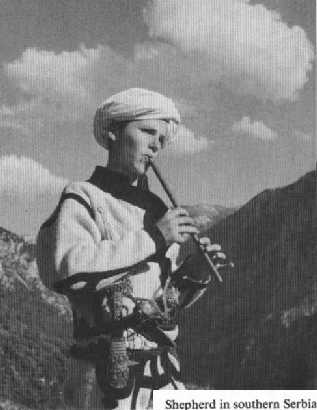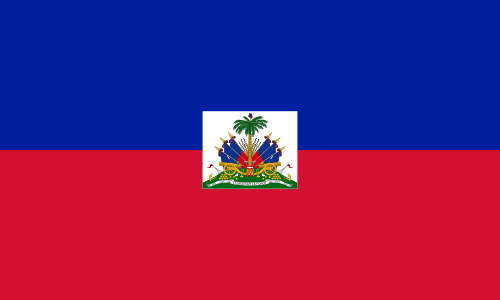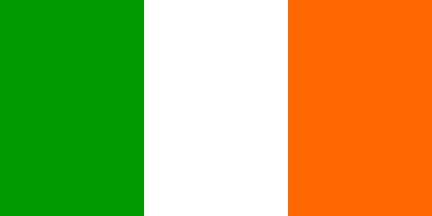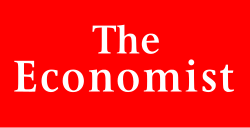Standing at a Crossroads: Germany and the 1931 Elections
While the Wall Street Crash in 1929 did not have any immediate effects on Germany, in the middle of 1930, economic indicators began to show a massive slump in economic growth. Austrian banks in Vienna collapsed, while banks began to fail across Europe following it. The economic situation in Germany deteriorated rapidly in all industries that were not directly related to export to the Soviet Union. Businesses began to fail left and right, as thousands upon thousands became impoverished by what seemed to be merely overnight.
The right-wing Government, which had begun to respond to the crisis, was dissolved, and new elections called. The 1930 elections, held in December, was the source of major panic for supporters of the Republic. The two largest and anti-Republican parties, the newly reformed National Socialist German Worker's Party and the Communist Party of Germany, made massive gains with their own promises and assertions about the Republic. The NSDAP became the largest party in the Reichstag, topping 114 seats. The SPD took 108 seats, while the Communists captured 68 seats. The DNVP and the Economic Party of the Middle Class announced a merger, forming the Reichspartei, and were able to capture the third most seats, 99. Zentrum held on to 67, and the DVP managed to get 46 seats.
Ludwig Kaas was appointed Chancellor by President Lettow-Vorbeck, but, unable to form a government. Elections were again called, this time in February. The NSDAP once again extended the amount of seats they held, preying upon the fears of the Republic, but the fact still stood that they were disliked by a majority of the population. The Reichspartei began to take votes from the the German People's Party. Alfred Hugenberg, now from the Reichspartei, was appointed Chancellor, serving for a month before ultimately having his own Government collapse.
The instability of the Republic was now being very clearly showcased on both the world stage and inside Germany. The instability, unsurprisingly, was leveled directly at the National Socialists. As April came, the Reichspartei began to stress the importance of the Republic, how it had brought prosperity, and how it still can move forward. Hitler, on the other hand, made vast claims that it failed, and that cooperation with the Soviet Union was what has destroyed Germany. Unfortunately for Hitler, the economic lifeline that Germany held with the Soviet Union was the only thing that continued to help float demand.
The April elections were a step back for the National Socialists, and it saw a surge in Communist support. With the now all too obvious economic cooperation between the Soviet Union and Germany, the Communists were able to demonstrate that Germany, as a Communist State, would be able to prosper more than any other state. It was Capitalism, then, that had caused this economic collapse. The Reichspartei was able to claim the largest party with 126 seats, the NSDAP held on to 121, while the Communists had 118, a large surge in their support coming from SPD voters. Joseph Joos was given the nod to try and form a government, but he failed within a few weeks.
The May elections were again focused on the central issue of the Republic. The Communists still remained strong, but the SPD was beginning to gain more power back. Supporters were leaving the National Socialists, as their rhetoric became more and more anti-Republic, showing that the nation was committed to the idea of Democracy. No longer was there a party that advocated for the return of the Kaiser, and the majority of the German people, every single election, gave the resounding affirmation of German democracy. The National Socialists saw their worst performance since the previous full elections, with their vote total dropping by half.

Hitler, after the results of the election were published.
After yet again attempting to appoint Joos after the election, both the National Socialists and the Communists forced the dissolution of the Reichstag, to get yet another vote in July of 1931.
The German People's Party announced it would be joining with the Reichspartei, framing itself as as the party for all of the Reich, for the right-wing that felt the need for a Republic above all. The National Socialists became the party of radicals, of anti-Republicans, and Monarchists. Their popularity tumbled, and their seat count had dropped from a high of 134 in February, to rest at 41 in July. The Communists also dropped to 59, while the SPD regained its historical strength at 134 seats. Zentrum held 76 seats, while the Reichspartei became the largest in the Reichstag, capturing 189 seats. The German State Party took 40 seats, and others took 38. Zentrum, the Reichspartei, and the German State Party agreed to a coalition, and Franz von Papen emerged as the new Chancellor of Germany, firmly committed to the coalition, and the Republic.

Chancellor Papen and Defence Minister Schleicher.
Unfortunately for Germany, elections to the Reichstag were not the only problem they faced. Only eight months after Papen's government was formed, Presidential Elections were slated to begin.
President Lettow-Vorbeck was committed to running once again, and quickly was endorsed by every party across the board, with the exception of the National Socialists and the Communists. A splinter party, formed from NSDAP and former DNVP members, nominated Theodor Duesterberg under the party "Stahlmhelm." As the votes were cast, it became clear that the country supported President Lettow-Vorbeck.
With Hitler running under the National Socialists, and Thälmann running for the Communists, the two only reached a combined total of thirty per cent of the vote. President Lettow-Vorbeck was elected with sixty per cent of the vote, with Thälmann gaining eleven per cent, Duesterberg took nine per cent, and Hitler only took twenty per cent. Even in Germany's seemingly most trying hour, the people choose the Republic, not radicalism. It seemed unlikely then, unless it was forced upon them, that Germany should be anything but a Democratic Republic.








